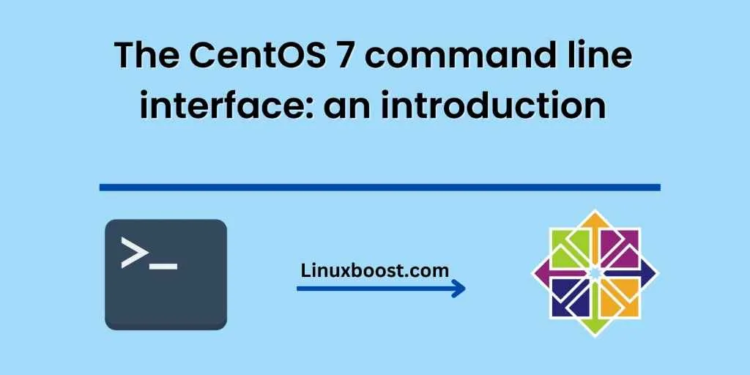CentOS is a popular Linux distribution that is widely used in enterprise environments. One of the key features of CentOS is its command line interface (CLI), which allows users to interact with the operating system using text-based commands. In this blog post, we will provide an introduction to the CentOS 7 CLI, including basic CentOS 7 command line interface and concepts that every user should know.
What is the CentOS 7 CLI?
The CentOS 7 CLI is a text-based interface that allows users to interact with the operating system by typing commands into a terminal window. This interface is typically used by system administrators, developers, and power users who need to perform complex tasks or automate processes.
While the CentOS 7 CLI can seem intimidating at first, it provides a powerful set of tools that allow users to accomplish a wide range of tasks. By learning the basics of the CLI, you can become more efficient and productive in your work.
Getting started with the CentOS 7 CLI
To access the CentOS 7 CLI, you will need to open a terminal window. In CentOS 7, you can do this by clicking on the Applications menu, selecting System Tools, and then clicking on Terminal.
Once you have opened a terminal window, you will see a command prompt that looks something like this:
[root@localhost ~]#
The command prompt indicates that the terminal is ready to accept commands. In this case, the prompt is displaying the current user (root) and the hostname (localhost).
Basic CentOS 7 CLI commands
The following are some of the most basic and commonly used commands in the CentOS 7 CLI:
pwd: This command displays the current working directory.ls: This command lists the files and directories in the current directory.cd: This command changes the current directory.mkdir: This command creates a new directory.rm: This command deletes a file or directory.cp: This command copies a file or directory.mv: This command moves a file or directory.touch: This command creates a new file.nano: This command opens a text editor.cat: This command displays the contents of a file.
These commands are just the tip of the iceberg when it comes to the power and versatility of the CentOS 7 CLI. By combining commands and using options and arguments, you can perform a wide range of tasks.
Conclusion
The CentOS 7 CLI is a powerful tool that allows users to interact with the operating system using text-based commands. While it can seem intimidating at first, by learning the basics of the CLI, you can become more efficient and productive in your work.
In this blog post, we have provided an introduction to the CentOS 7 CLI, including basic commands and concepts. By practicing and experimenting with these commands, you can start to unlock the full potential of the CentOS 7 operating system.





